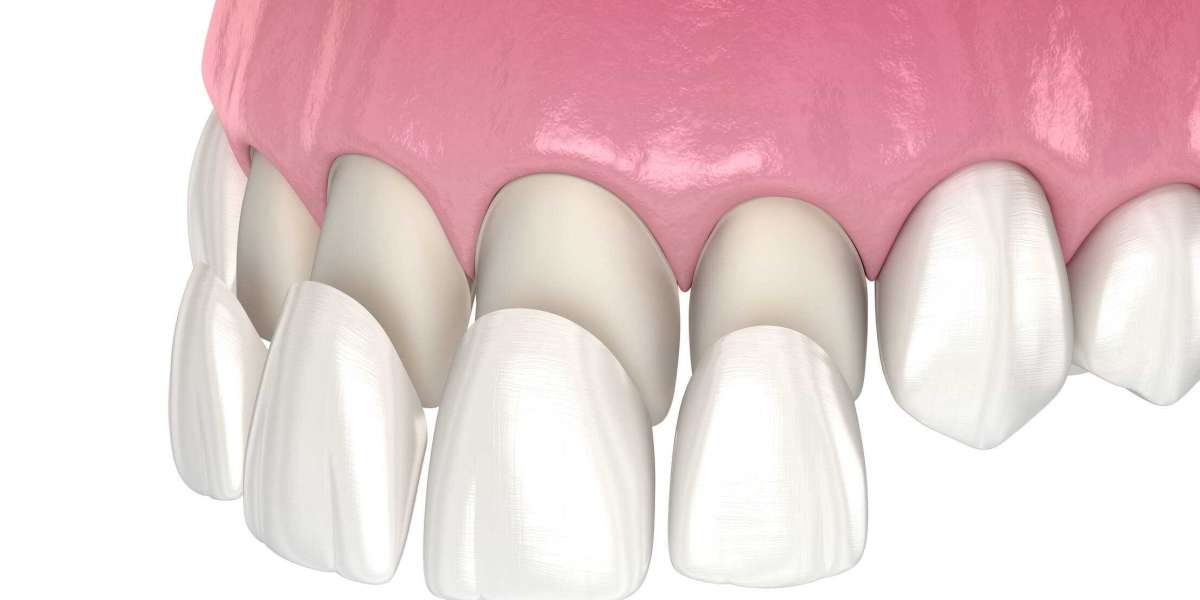Diabetes, a chronic metabolic disorder affecting millions worldwide, poses significant risks beyond its immediate effects on blood sugar levels. One lesser-known but critical aspect is its impact on foot health. Individuals with diabetes often face a myriad of foot-related complications, ranging from minor issues to severe infections that can lead to amputation if not managed effectively. This article delves into the complexities of diabetes feet, diabetic foot infections, wound care, and diabetic sores, shedding light on preventive measures and proper management strategies.
Diabetes and Foot Health:
Diabetes feet can wreak havoc on the feet due to its propensity to cause nerve damage (neuropathy) and impair blood circulation (peripheral vascular disease). Neuropathy reduces sensation in the feet, making individuals less aware of injuries, while poor circulation slows down the healing process, increasing the risk of infection. Moreover, elevated blood sugar levels weaken the immune system, making individuals more susceptible to infections.
Diabetic Foot Infections: A grave concern among those infections with diabetes
Diabetic foot infection is a grave concern among those with diabetes, as they can escalate rapidly and lead to severe complications if left untreated. These infections often arise from minor injuries such as blisters, cuts, or ingrown toenails. Due to reduced sensation, individuals may not notice these injuries, allowing bacteria to enter and cause infection. Furthermore, impaired circulation impedes the body's ability to fight off infection, exacerbating the problem.
Common symptoms of diabetic foot infections include redness, warmth, swelling, pain, and drainage from the wound. In severe cases, fever and chills may also occur. Prompt medical attention is crucial to prevent the infection from spreading and causing further damage.
Wound Care:
Proper wound care is essential for individuals with diabetes to prevent complications and promote healing. It involves meticulous attention to cleanliness and timely treatment of any injuries. Here are some critical practices for effective wound care:
Proper wound care is essential for individuals with diabetes to prevent complications and promote healing.
Inspect your feet daily: Check for cuts, blisters, redness, or other abnormalities. Use a mirror or seek assistance if necessary, especially if you have difficulty bending or seeing your feet.
Keep feet clean and dry: Wash your feet daily with lukewarm water and mild soap. They dry thoroughly, especially between the toes.
Moisturize carefully: Apply moisturizer to prevent dryness and cracking, but avoid applying it between the toes, as excess moisture in this area can promote fungal infections.
Trim toenails properly: Cut nails straight across and file any sharp edges to prevent ingrown toenails.
Protect your feet: Wear comfortable, well-fitting shoes and avoid walking barefoot, even indoors, to minimize the risk of injury.
Manage blood sugar levels: Keeping blood sugar levels within the target range can aid wound healing and reduce the risk of complications.
Diabetic Sores:
Diabetic sores, or ulcers, are open wounds that develop on the feet or legs, often due to pressure, friction, or injury coupled with poor circulation and neuropathy. These sores can be slow to heal and prone to infection, making them a significant concern for individuals with diabetes.
Preventing diabetic sores involves relieving pressure on vulnerable areas, maintaining good foot hygiene, and promptly addressing any signs of irritation or injury. Regular foot exams by a healthcare professional are also essential for early detection and intervention.
Conclusion:
In conclusion, diabetes poses substantial challenges to foot health, increasing the risk of infections, wounds, and ulcers that can lead to severe complications if not managed effectively. Individuals with diabetes must prioritize foot care by adopting preventive measures, monitoring for any signs of trouble, and seeking prompt medical attention for injuries or infections. By staying vigilant and proactive, individuals can minimize the impact of diabetes on their feet and maintain optimal foot health for a better quality of life. Remember, a small effort in foot care today can prevent significant problems tomorrow.
For more information about Diabetic sores, click Advanced Oxygen Therapy Inc. for the best treatment for diabetic disease or ulcers.







